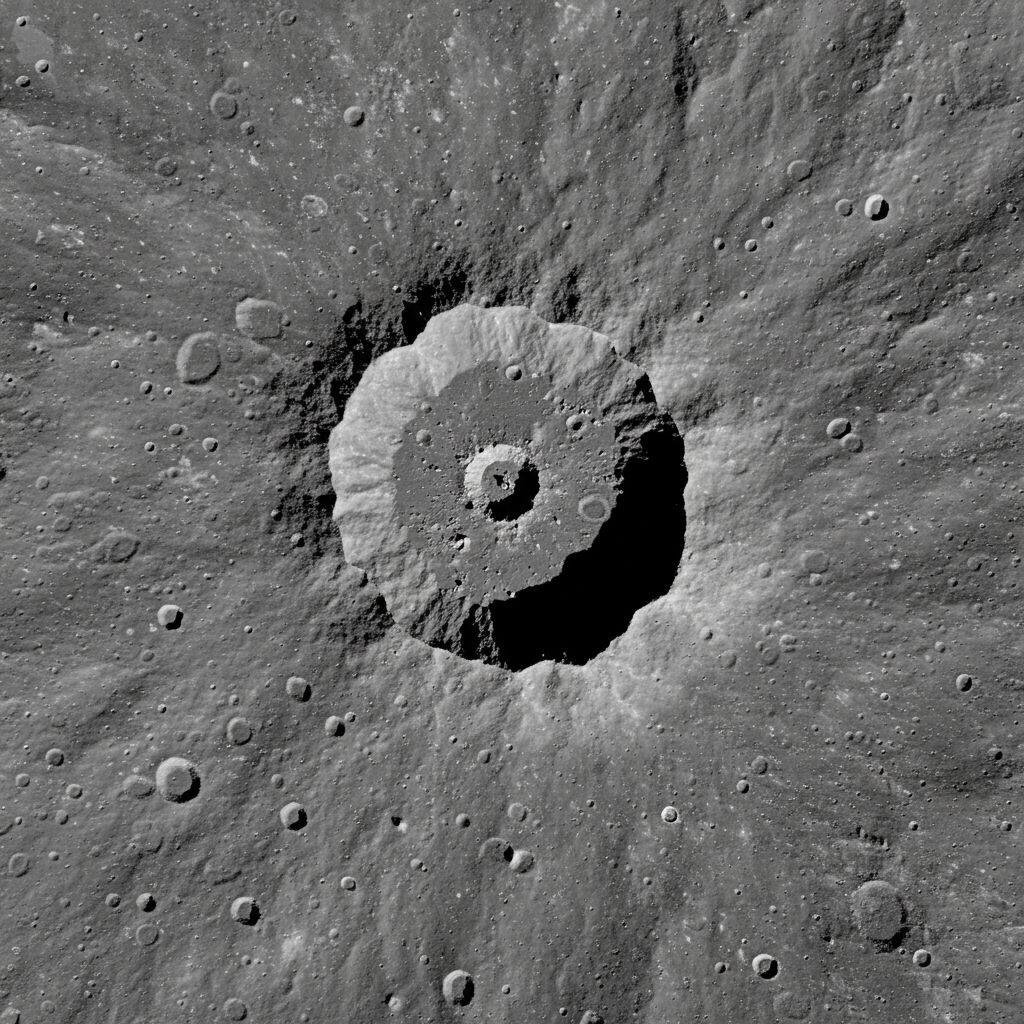NASA Orbiter Spots Ill-Fated Japanese Moon Lander’s Impact Site
Stunning new images captured by NASA’s powerful Lunar Reconnaissance Orbiter (LRO) have revealed the precise location where ispace’s Resilience lunar lander crashed on the moon. The photos confirm the unfortunate conclusion of the Japanese company’s ambitious mission attempt, providing a stark visual of the impact site weeks after communication was lost.
Released roughly two weeks after the attempted touchdown on June 5, 2025, the high-resolution images offer scientists a crucial look at the aftermath of the failed landing.
What the NASA Images Show
The pictures from the LRO Camera clearly display a distinct dark smudge on the lunar surface. This mark indicates where the Resilience lander, along with the accompanying Tenacious microrover it carried, impacted the moon. The crash site is situated in the Mare Frigoris, or the Sea of Cold, a vast volcanic region located in the moon’s far northern hemisphere.
Surrounding the primary impact point, a subtle bright halo is visible. Mark Robinson, Principal Investigator for the LRO Camera, explained that the dark smudge was created by the sheer force of the impact excavating and redistributing the shallow lunar soil, known as regolith. The faint halo, he added, formed as low-angle regolith particles scoured the delicate surface during the dramatic event.
Analysis indicates the impact site was approximately 1.5 miles (2.4 kilometers) away from the mission’s planned landing coordinates, highlighting the extreme precision required for lunar touchdowns.
Context of ispace’s Resilience Mission
The mission, operated by Tokyo-based company ispace, launched from Cape Canaveral in January with the goal of achieving the company’s first successful soft landing on the moon. The attempt on June 5th marked a critical moment, but the ispace Mission Control Center tragically lost communications shortly after the scheduled landing sequence began, leading to the determination that the lander was lost.
The loss of the lander also meant the loss of its payload, including the Tenacious microrover developed by ispace’s European subsidiary. Notably, the Tenacious rover carried a unique piece of artwork: Mikael Genberg’s “Moonhouse,” a miniature replica of a traditional Swedish red-and-white house.
A Setback for Japanese Lunar Ambitions
This failure represents a significant setback for ispace and marks their second consecutive failed lunar landing attempt in just two years. The company’s previous mission also ended in a crash during its touchdown phase in April 2023.
Following this most recent incident, ispace officials have announced plans to hold a news conference in the coming week. They are expected to provide a detailed explanation for the technical issues or anomalies that led to the mission’s unfortunate outcome.
The LRO images serve as critical evidence for analyzing the impact dynamics and contribute valuable data for future lunar landing attempts, underscoring both the inherent challenges and the high stakes involved in reaching the moon.




